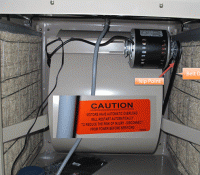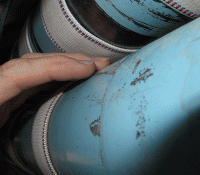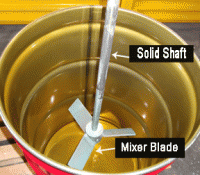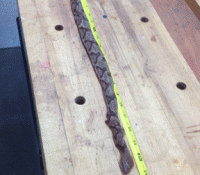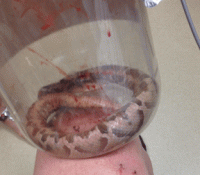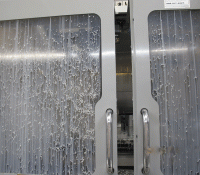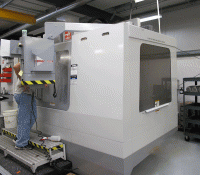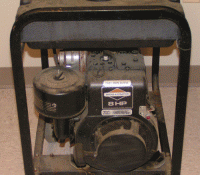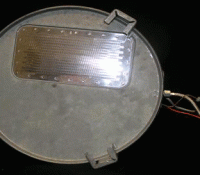Jury Claims Swamp Cooler is Not Defective; Interlocked Guards are Not Required
An evaporative cooler, also known as a “swamp cooler”, is an air conditioner that works by evaporating water. A float valve keeps several inches of water in the bottom of the unit. A pump takes water from the pan to the top of a series of vertical pads made of absorbent materials like wood fibers. The water flows by gravity through the fiber pads. A fan pulls hot air from outside the house through the soaked pads. Water in the pads evaporates, cooling the air and increasing its humidity. The cooled and humidified air is blown back into the house. Evaporative coolers need to be cleaned periodically. Read More



